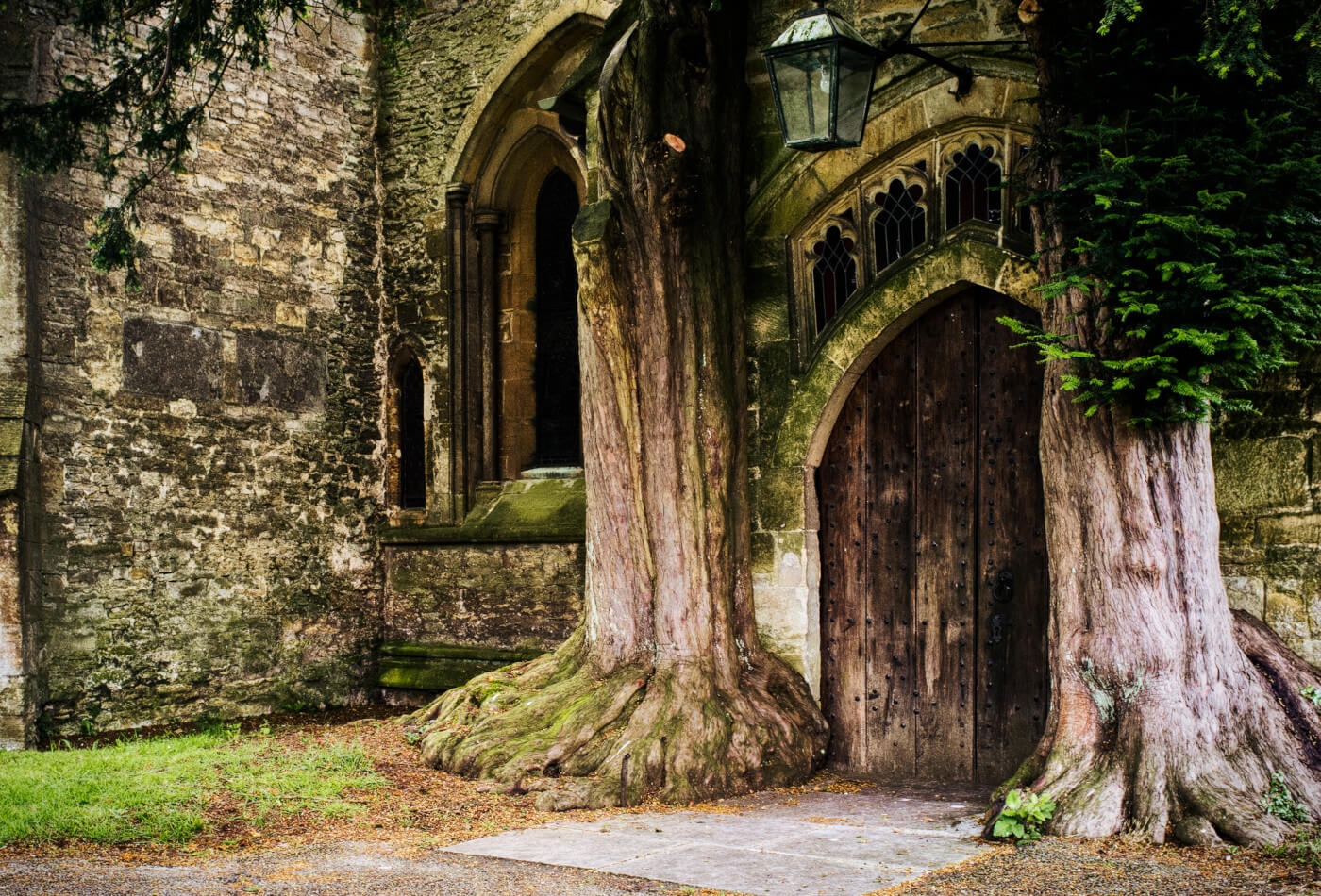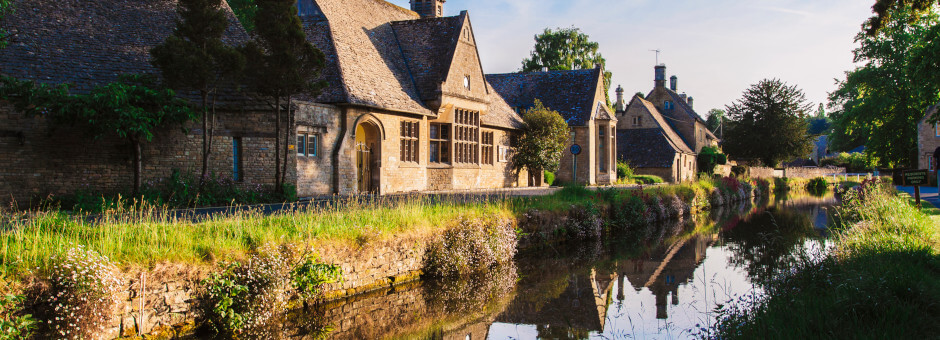A Cotswolds Travel Guide: Everything You Need To Know
There’s something timeless about the Cotswolds. Rolling green hills stretch into the horizon, golden-stone cottages glow in the sunlight,...

Stow on the Wold is undoubtedly a beautiful Cotswolds village, typical of the area, with quirky shops to explore, great eating establishments to rest awhile, and wonderful countryside to relax in. But don’t forget that there are villages surrounding Stow that are equally spectacular but are often passed over for the more famous town. Some of these small villages hide interesting pasts, including highwaymen, Knights Templar and links to Henry VIII. We’re here to shine a light on some of the Cotswolds’ lesser known jewels in the crown…
If you had to describe a couple of sleepy Cotswolds villages then the Slaughters would come to mind. You’ll be lucky if you see anyone apart from a farmer or two, as you stroll around these villages, but take a moment to savour the peace and quiet, the clean air and the stillness as you wander around. Before you think it, don’t be put off by the name ‘Slaughter’, it doesn’t have a bloody connection, rather is derived from an old English word ‘Slohtre’ meaning muddy, of which there is plenty in the surrounding fields.

The river Eye flows through the middle of Lower Slaughter and provides a beautiful centre point for the picturesque cottages and their tiny, flower filled gardens. There are a few buildings of interest in Lower Slaughter such as the Manor, built in 1658 for the High Sheriff of Gloucestershire, now a welcoming Country House Hotel and the old Victorian Corn Mill has been converted into a gift shop and museum.
Upper Slaughter is an equally enchanting village and contains an ancient historic Norman Church, St. Peters, with parts of the remaining church dating back to the 12th century. The renowned architect Sir Edward Lutyens built the cottages in the Square back in 1906 and the old Manor House is now The Lords of the Manor Hotel. You should also check out the charming little Methodist chapel situated near the brook and dating from 1865.
Broadwell lies slightly north of Stow and has quite a secretive history regarding the Knights Templar. The stories surround the building of St Peter and Paul’s Church, dating back to the 12th century. This medieval church has an unusually tall, octagonal spire, with north and south transepts that you would normally see in East Anglia than the Cotswolds.

When the land of Broadwell was gifted to the Knights Templar back in 1185, it is rumoured that this large medieval cruciform church was specifically built with money from them, after the Black Death when they returned from the First Crusade.
Their rise to power continued, spreading internationally and building a vast financial and military empire, with many nations indebted to them, including influential monarchs. By the start of the 1300’s, their power was far overreaching, and King Philip IV of France pressurised the pope of that time – Clement V to declare the Knights as heretics. Eventually the Grand Master, Jacques de Molay, was burnt at the stake in Paris in 1314. Broadwell, without the founding from the Knights then fell into disrepair, particularly during Henry VIII’s reign and the dissolution of the monasteries that followed, but in Victorian times major renovations took place that restored the church to its former glory.
You wouldn’t think that this quiet Cotswold village was once home to three famous highwaymen. The original ‘Tom, Dick and Harry’ were Dunsdon brothers and the scourge of the 18th century, as they robbed stagecoaches that rattled along the ancient cobblestones of the streets. They would hide in a secret dugout hideout (which could be where the prisoners of war in the Great Escape took the names for their tunnels) and would jump out and hold their victims to ransom.
Eventually the brothers were caught and imprisoned, where they were finally hanged for their crimes. Modern Icomb thankfully has left its criminal past behind and today is a delightful Cotswold town, complete with a beautiful 13th century church.
Winchcombe is the village many people travel through on their way to Cheltenham, and chances are they’re not even aware they have passed by it. Situated at the bottom of the beautiful Cleeve Common, the name Winchcombe actually means ‘valley with a bend’, and anyone who has driven via the village will immediately recognise the gentle curve of the high street.
Winchcombe is an ancient town with Saxon roots, and has relics dating back to the Stone Age. It also has some pretty famous royal connections in the form of Sudeley Castle, which played an important role with English history. The castle is also the only castle to house the remains of an English queen, as Henry VIII’s last wife Katherine Parr is interred here.

Nowadays you are more likely to spot celebrities such as Elizabeth Hurley, rubbing shoulders with her royal friends Henry Dent-Brocklehurst, as she married her husband Arun Nayar there in 2007.
Other historical relics include Belas Knap, the ‘long barrow’ burial ground that looks like a mound in the grass, overlooking Corndean on the road to Andoversford. And the ancient Hailes Abbey, a set of ruins founded back in 1246 by the Earl of Cornwall.
Visitors to Winchcombe shouldn’t forget the many pubs, tearooms, restaurants and gift shops that are located within the historical and character filled buildings that dot the main streets.
One thing’s for certain, wherever you visit near Stow On The Wold, it is guaranteed to be packed with both history and beauty. Browse our cottages or continue exploring the region more with our Walking Around Stow On The Wold article.